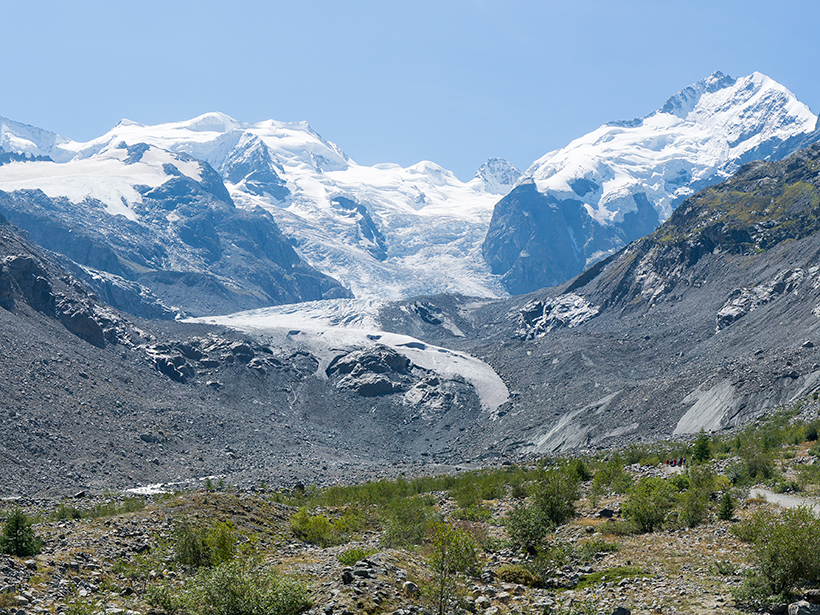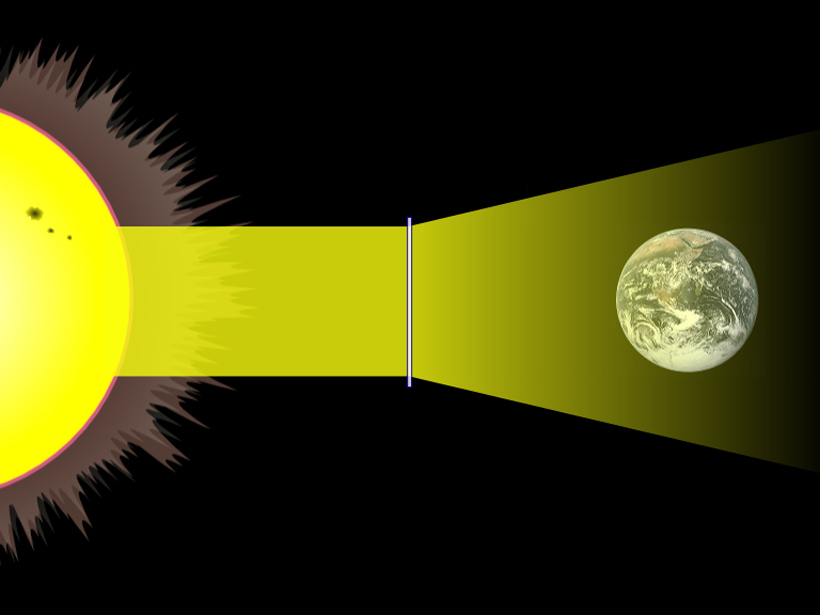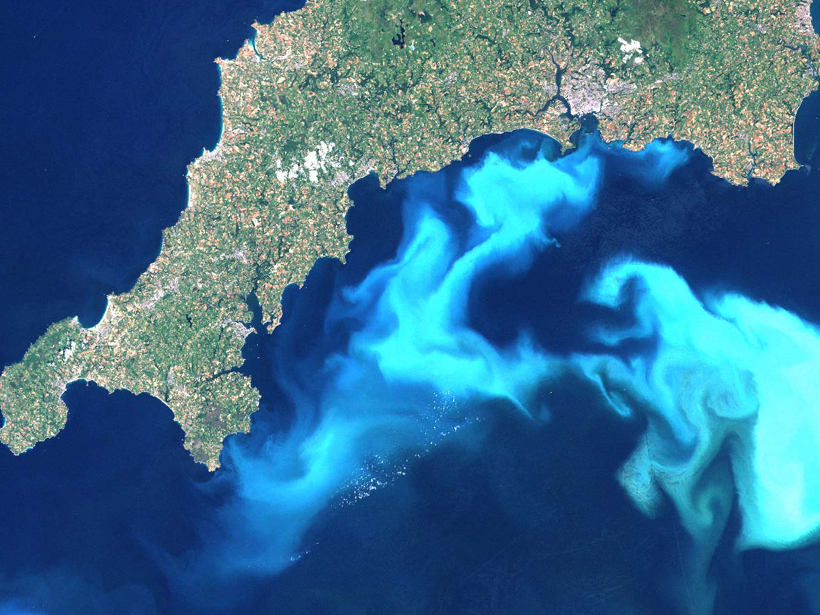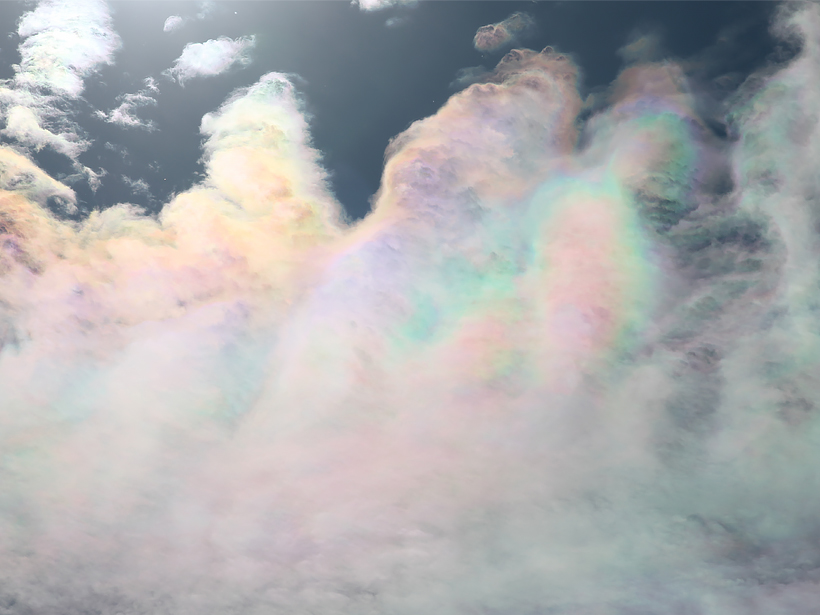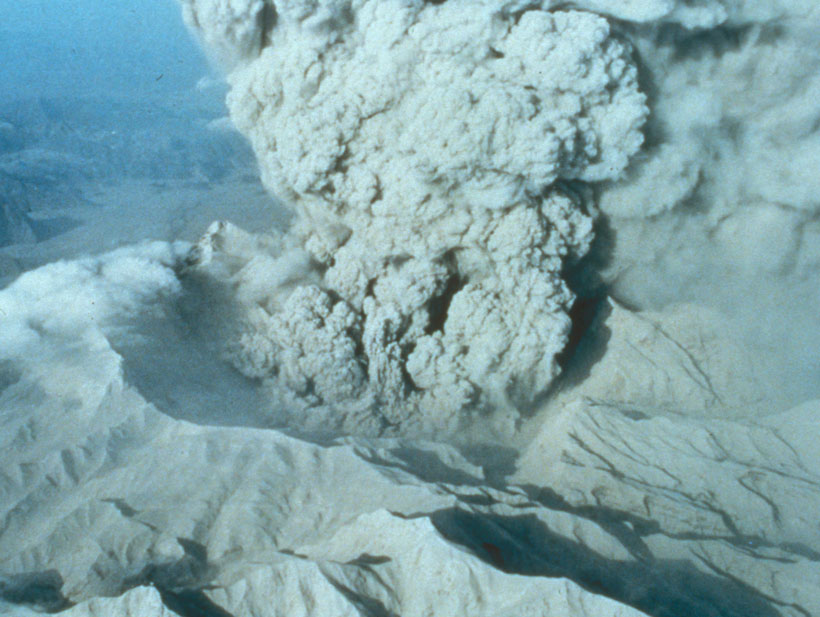A retired professor devises a plan and evaluates the cost of saving one town’s signature glacier from climate change.
geoengineering
Understanding How Climate Engineering Can Offset Climate Change
Sixth Meeting of the Geoengineering Model Intercomparison Project; Oslo, Norway, 21–22 June 2016
A Date Under the Stars? Maybe Not with Aerosol Injection
Injecting aerosols into the atmosphere on purpose could help cool Earth, but new research shows that it could also make the night sky brighter and negatively affect human health.
New Paths in Geoengineering
National Center for Atmospheric Research Fifth Annual Geoengineering Model Intercomparison Workshop and Early Career Summer School; Boulder, Colorado, 20–24 July 2015
Aerosols Make Cumulus Clouds Brighter but Shorter Lived
Computer simulations show that although adding aerosol particles to clouds can make them more reflective, the cooling effect from clouds is largely counterbalanced by a reduction in overall cloud cover.
Iron Fertilization Might Not Make Oceans Better Carbon Sinks
New research suggests more iron during the last ice age did not mean more algae production in the equatorial Pacific, pointing to possible futility of a controversial geoengineering idea.
Could Thinning of High Clouds Combat Climate Change?
A climate engineering technique that lets more heat escape from the atmosphere could avoid water cycle suppression associated with other radiation management approaches.
Volcanic Eruptions Steer Conversations on Climate Intervention
Studies of volcanoes, Earth's natural climate coolers, cause scientists to question the merits of methods that intend to slow down climate change by injecting the stratosphere with aerosols.
Large Volcanic Eruptions Cause Drought in Eastern China
In a study with implications for geoengineering, large Northern Hemispheric volcanic eruptions are found to cause strong droughts in much of eastern China.
Future Directions in Simulating Solar Geoengineering
Fourth GeoMIP Workshop; Paris, France, 24–25 April 2014

